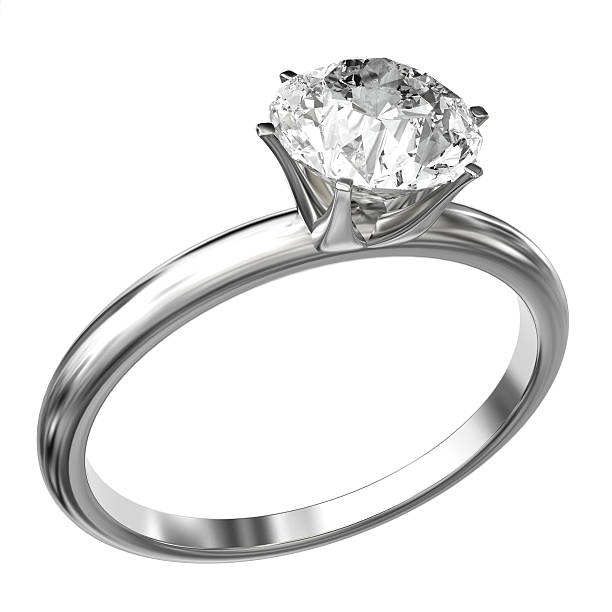Exploring the Art and Science of Colored Diamonds All Entries

While colorless diamonds command high value due to their purity, colored diamonds have a place in people's hearts due to color associations with love. When it comes to natural stones, diamonds span the visual spectrum that includes blue, green, yellow, orange, red, and pink. Darker shades, such as black and brown, exist as well. Here's a look at the mystique surrounding diamond colors in jewelry.
Geography of Diamond Colors
The phenomenon that produces a wide variety of colored diamonds is comprised of geography, age and natural elements. While yellow and orange diamonds are mostly found in Africa, pink diamonds are mainly found in Australia. Highly coveted blue diamonds are found in Africa, Australia, and Southern Asia. Purple diamonds are predominantly found in Northern Asia within the Russian part of Siberia.
Meanwhile, black diamonds seem to only come from Brazil and Central America. Green diamonds are also rare and come mainly from South America. Not only is Australia home to the world's most famous diamond mine (Argyle), it's the place where you'll likely find the widest variety of colored diamonds, including pink and brown. Even though pink diamonds represent less than 1 percent of Argyle's production, it's where 90 percent of the world's pink diamonds come from.
How Diamonds Get Their Colors
The artistic appearance of colored diamonds can be explained by the materials in them that exhibit colors. Trace elements of nitrogen is the reason for yellow diamonds. Exposure to radiation over centuries can contribute to a more green color. Meanwhile, a colorless diamond means it's made of pure carbon.
White diamonds, which are the most common on earth, are mainly composed of nitrogen. Large amounts of nitrogen also contribute to the range of fancy colored diamonds. The combination of nitrogen, sulphur, and boron creates shades of yellow, green, and blue.
The interaction of carbon atoms with other trace elements over time in the rock's formation produce various diamond colors and shades. On the other hand, pink diamonds are not a result of chemical reaction, but by distorted light reflections in the crystal lattice due to heat and pressure from multiple directions as the stone is formed.
Be aware of the difference between natural diamonds and lab-created or lab-grown colored diamonds, which can be as vibrant as natural gems. Natural diamonds are basically worth much more than any type of synthetic diamonds. The best way to determine a gemstone's authenticity is to have it evaluated by a GIA-certified gemologist.
Art and Science of Colored Diamonds
Diamond colors and shapes contribute enormously to the artistic appeal of jewelry, especially for customized designs. The science behind the art is just as fascinating when you consider pure diamonds composed of just carbon are rare, yet carbon is one of the most abundant elements on earth. The value of a diamond comes from the combination of the art and science working together over thousands of years.
The reason pure diamonds are valuable despite carbon content is because diamond mines are simply not abundant. The process of exploring and extracting gems from the earth is where the costs add up. Clearly, it's not just the scientific scarcity of diamonds that makes them valuable and popular around the world. People are attracted to various aspects of diamond colors, which are often associated with deep human emotions.
Conclusion
The appeal of colored diamonds exists at the crossroads of art and science, which both affect a diamond's value. Designing a custom cut brings the jewel even more value. Contact us at Ralph Mueller & Associates to learn more about finding the most attractive jewelry that fits your imagination.